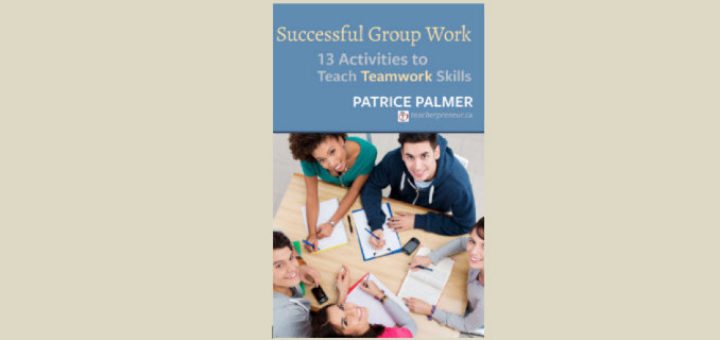10 Engineering Projects Sure to Excite Students
STEM engineering – in class or after school – can come alive when young students encounter the 10 projects in McBride and Gonzales’ Engineer This. Reviewer Linda Biondi expects students will gladly accept their mission to solve interesting problems in creative ways.



















